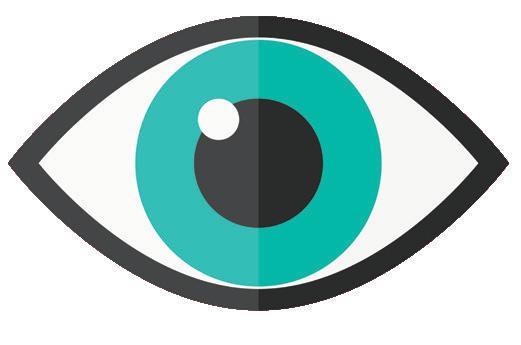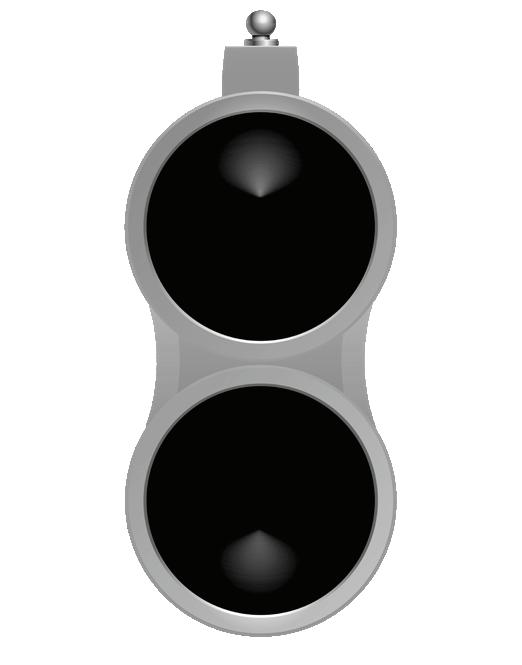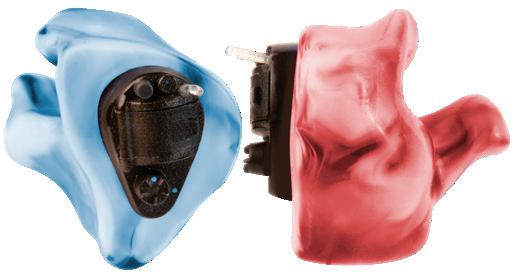
9 minute read
THE CHAMPION INSIDE - PART II
THE CHAMPION INSIDE

Advertisement
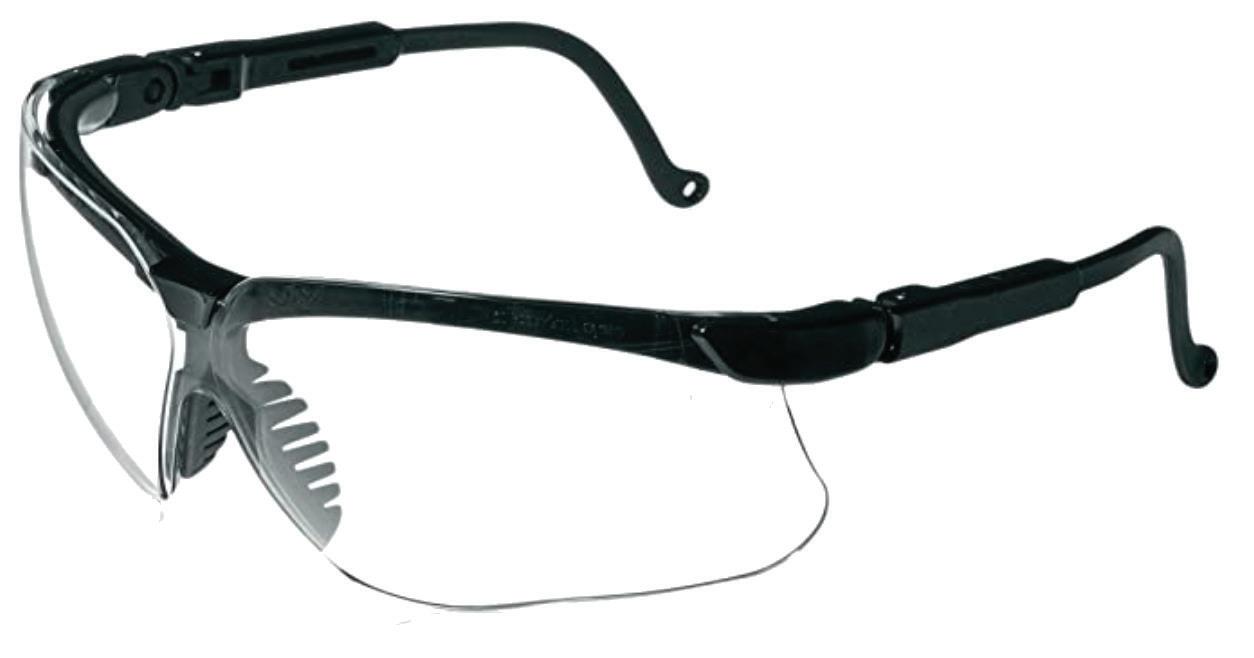
PART II – EYES, EARS
AND FIT BY MATTHEW GAY
Now that you have completely mastered the mental game using the techniques outlined in the first part of this series, it’s time to
look at your equipment. The best shooter in the world cannot maximize their potential with an illfitting gun, poorly operating equipment and improper optics.
These sub-topics will all tie together in the end but first let’s discuss eyes. Vision, as a subject, is so subjective and individual that it is hard to generalize and set clear parameters for, in terms of what is best, for shooting. In lieu of a complete consensus let’s just agree that clear vision is important for effective target acquisition at maximum target distances.
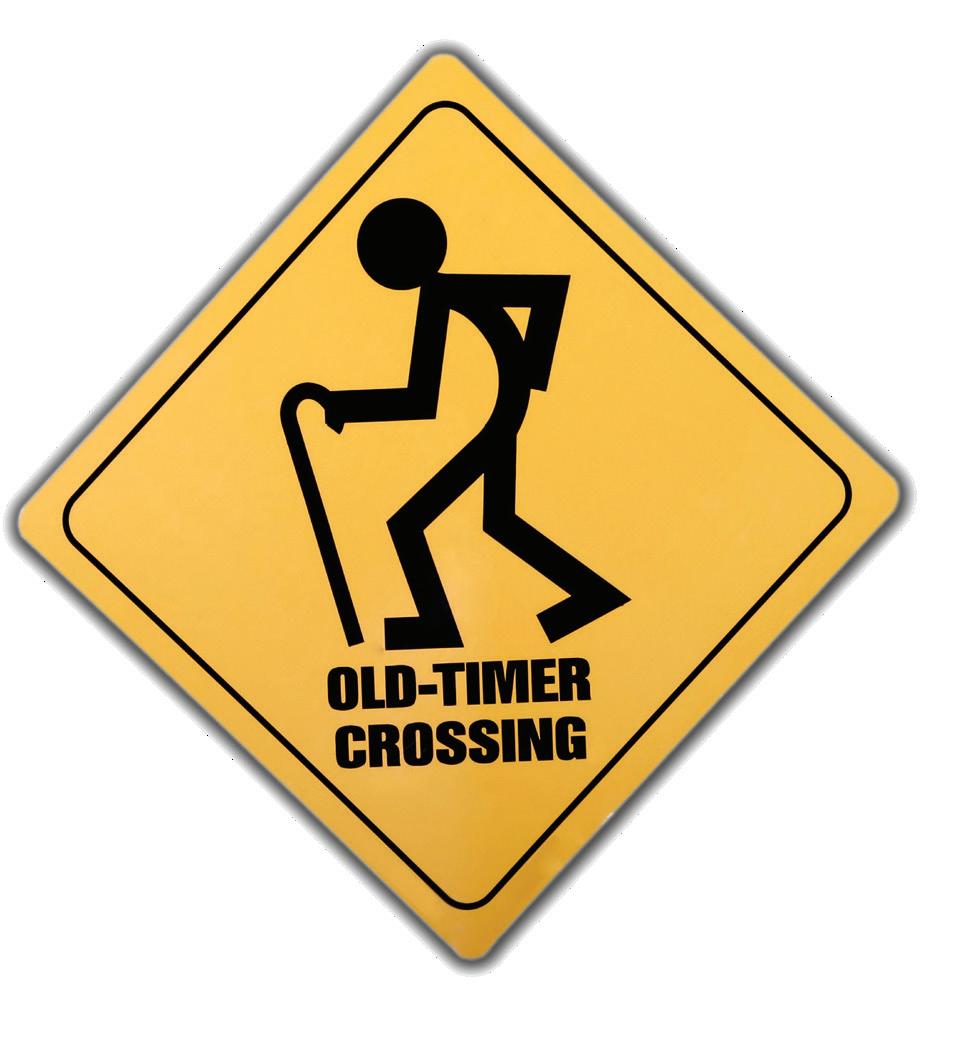
OVER THE HILL
My story is much like many who have passed the grand ole age of 40

in that, prior to this point, I had 20/7.5 vision in my right eye and 20/10 vision in the left—meaning I had fighter pilot vision for the first four decades of my life with a strong right eye dominance. At age 40 years and four months, it seemed like a switch flipped. Where I was previously able to see each ridge on a target out to long distances, the best I could see was an orange blur. This prompted me to make an appointment with an eye care professional to get an assessment. Fortunately, my eye doctor was a shooter. I cannot impress upon you how important it is to have an eye care professional that understands the needs of shooters, meaning they speak the language. Although my correction is slight in comparison with most, the difference is day and night. In my case, contacts were the best option, with one correcting an astigmatism as well.
As I instruct many individuals, both youth and adults, I am shocked to find out that many have never had an eye exam. The human body is an amazing thing, in that it can adapt to physical deficiencies very quickly and effectively. For example, I could drive without my contacts even though things would be blurry, but my brain can easily identify the shapes of the signs, colors of the lights etc., and make appropriate decisions based on the input. But what could I miss without clear vision?
What is the impact of shooting without clear or corrected vision? The obvious thing that comes to mind is not being able to transition quickly from soft focus to hard focus on the leading edge of the target. This is an obvious problem that will cause a shooter to make an improper movement to the target. One impact that will affect you more than you know is fatigue. If you are constantly straining to find the target, fatigue will set in much sooner than if you had corrected vision. If you are a shooter of any age, or the parent of a shooter and have not had an eye exam done, I strongly encourage you to make an appointment. Do not assume that simply because you operate fine in daily life, that your vision is perfect. Eye exams yearly will keep a shooter’s vision and correction at the optimum level for performance.
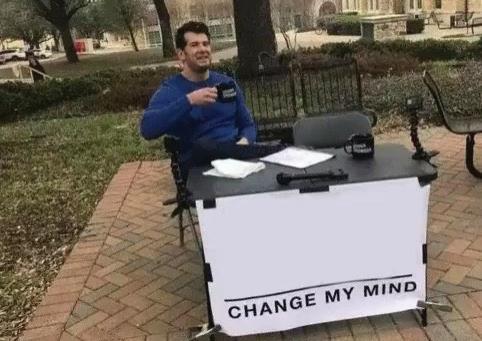
EAR PROTECTION
The efficacy of hearing protection generally goes without saying but there are other things to consider when choosing the right ear protection for you or your youth shooters. I personally use solid custom ear plugs for all my shooting outings. I find them to be comfortable, if properly made, and very effective. A visit to an ENT (Ear, Nose and Throat Doctor) prompted a hearing test in my case around age forty-two. After completing the test, my ENT mentioned that I was a “poster-child” for custom hearing protection. He said that he would have swore I had never fired a gun in my life with the results of my test. I can only attribute this to my custom hearing protection.
Many elect to use foam ear plugs, which do work well for some individuals. What you may not know is that in youth or smaller shooters with small ear canals, the standard size foam plugs cannot fully expand and do not protect the ear as designed. This is a situation where hearing protection, made specifically for a shooter will remedy that issue. For a youth shooter in that rapid growth stage, there may be a few years where he or she needs a new set each year to accommodate growth and the changing ear canal. At an average of 65 per set, it seems a small investment to protect your, or your youth shooter’s hearing. There are many upgrade options available from electronic to Bluetooth compatible, so go as extravagant as you like but make sure the equipment you are using is doing what it is supposed to do.
GUN FIT
I recently conducted a small clinic for a local youth trap shooting team in order to give them advice and strategies on how to perform better, and hopefully help them become more successful on the trap range. As I worked with each shooter, I was surprised to find that 75% of the shooters were competing with shotguns that did not fit them. As I talked to the coaches and parents about the importance of gun fit, they started to understand how critical it is for consistency. Simply put, if your eye alignment is off, it will cost you targets. What’s worse is that many have adapted to the ill-fitting gun in order to break targets, meaning
MORE TARGETS ARE MISSED BECAUSE OF GUN FIT THAN ANYTHING ELSE
when they are put into a fitted gun there will be an adjustment period of frustration.
Gun fit is the primary reason shooters miss targets. There is no other factor in my mind that carries more weight when assessing a shooter’s lost targets. As has been said time and again, “the gun should shoot where you look”. This cannot happen if eye alignment is off by the slightest. When checking for eye alignment it is important to ensure the mount is correct before determining if modifications need to be made in order to achieve correct eye alignment.
There is no magic trick to correct eye alignment, the orientation of the eye above the top rib should be as follows: the pupil (center circle of the eye that dilates and contracts with light) should be dead center on the rib. The bottom of the iris (the colored portion of the eye) should be in line with or slightly above the bottom of the top rib when in a full, proper mount.
One thing to consider, there are several muscles that move the eye in all directions. The muscles that move the eye vertically and horizontally are relatively strong and are called the rectus muscles (superior, medial, lateral and inferior). There are two muscles that allow the eye to rotate (superior oblique and inferior oblique). These muscles tend to be weaker and more prone to fatigue than the four major muscles that control eye movement. How is this anatomy lesson pertinent to gun fit for shooters? When fitting a gun to a person it is important to reduce head tilt towards the shoulder to the extent possible. A “heads up” shooting style will decrease how quickly the inferior and superior oblique muscles of the eye fatigue. Appropriate stock length and comb height will facilitate this and make for more comfortable shooting.
In terms of recoil, I find it best to explain that recoil can be mitigated by proper stock fit for a couple of reasons. First, a minimum of 80 percent of the buttstock should be in direct contact with a shooter’s shoulder (100% is ideal). Often, particularly when fitting female shooters, a shotgun designed for a male shooter does not factor in the longer neck and high cheek bones present on a female shooter. Consequently, a female shooter must bring the stock up higher in her shoulder in order to put the zygomatic arch (ridge of the cheek below the eye) securely on the top of the comb. This solves the comb problem but creates another by reducing the amount of buttstock that engages the shoulder. The force of the recoil is a constant so by reducing the surface area in which it is transferred to the shoulder you increase the pounds per square inch in felt recoil, thus decreasing comfort. If a shotgun is properly fitted, it should “push” the shooter, not “punch” the shooter.
Felt recoil is further reduced with proper pitch. Pitch is the angle of the butt pad in relation to a perpendicular line drawn through the plane of the rib. It is important to get this measurement correct so that even pressure from the butt stock is distributed to the shoulder pocket when the gun is fired. This is particularly important with larger chested men and all women.
I’ve seen every possible measure used from complete custom-built stocks to foam duct-taped on the top of a comb in order to get good gun fit. Adjustable combs and butt-plates are the norm for fitting a stock to a shooter. This provides nearly limitless adjustability which can be tweaked from time to time for increases or decreases in weight. Fun fact: an increase or decrease of only ten pounds in body weight can change your gun fit. Check your fit and check it often.
SET YOURSELF UP FOR SUCCESS
“Be perfect with everything that doesn’t require talent, and you are 80% there”. This statement is absolutely true when it comes to shooting at a high level. It only makes sense to do the work on the front end which will yield results on the scorecard. Having vision checked and corrected, competing with a correctly fitted gun and using properly fitted hearing protection are all vital pieces that need to be in place, in order for a shooter to achieve their competitive goals. With the challenges of an ammo shortage and increased prices on everything, it stands to reason that shooters should strive to extract every bit of value out of their practice that they can. Taking these steps will allow a shooter to maximize the quality of their practice and set them up for success on the trap field. n
CORRECT EYE ALIGNMENT INCORRECT
Editor’s Note: Matthew Gay is a shooting instructor from Michigan, the Head Coach of the Olivet College Shotgun Team, Vice President of the Michigan Scholastic Clay Target Program and an NSCA Master Class competitor.
